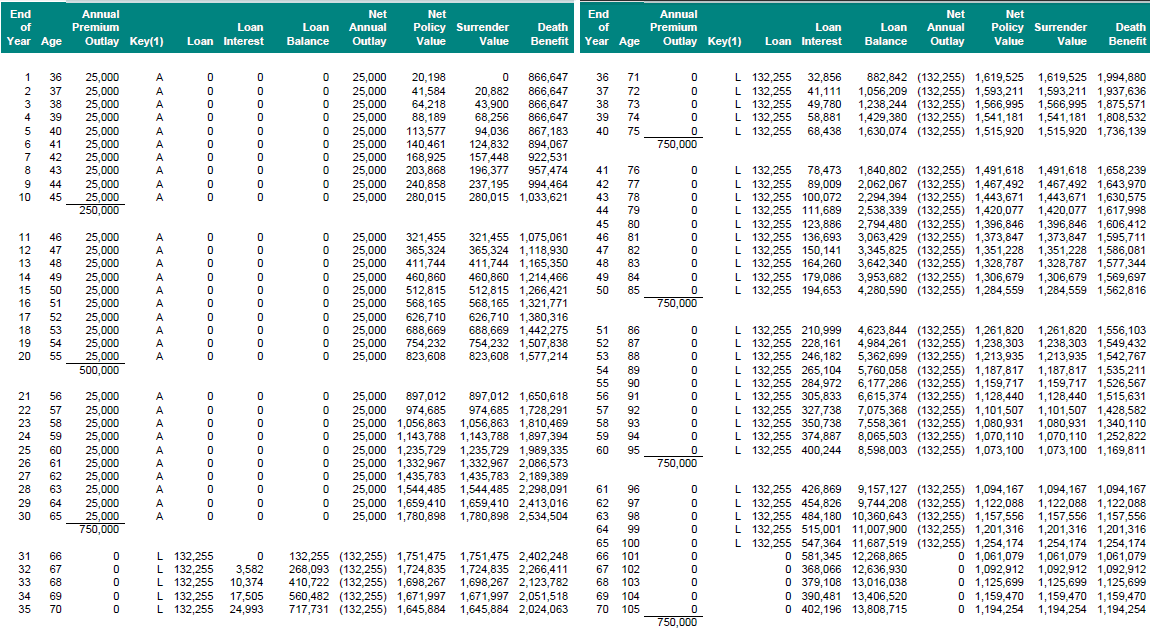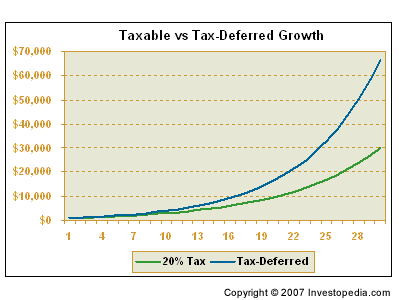 Oh April is coming, and everyone knows what April brings. For those of us in Yankee Land, you might think SPRING! But unfortunately the bitter end to short days covered with depressing grey filtered sunlight and the all too occasionally annoying snowfall (I really don't know why I still live up here) would never be complete without that ultimately frustrating moment when Uncle Sam rolls up and reminds you that income you thought was yours (you did “earn” it after all) is just something you share with him. Like an annoying ex-wife or spoiled kid who never stops rolling up to the trough, April 15th rolls around and says, “money please!”
Oh April is coming, and everyone knows what April brings. For those of us in Yankee Land, you might think SPRING! But unfortunately the bitter end to short days covered with depressing grey filtered sunlight and the all too occasionally annoying snowfall (I really don't know why I still live up here) would never be complete without that ultimately frustrating moment when Uncle Sam rolls up and reminds you that income you thought was yours (you did “earn” it after all) is just something you share with him. Like an annoying ex-wife or spoiled kid who never stops rolling up to the trough, April 15th rolls around and says, “money please!”
I could go one quite the diatribe about my thoughts on the U.S. Tax system, but I'll spare you all the pain. Instead, I figured I'd use today to be somewhat chipper and talk about the many tax benefits afforded by life insurance. The definitive guide? We'll see.
Tax Deferred Growth
This one is so simple, and yet people remain mystified by it. The math is easy, if X > Y than df(x)/dtime > df(y)/dtime, where f(x) and f(y) is defined as the compound annual interest of X or Y for a given interest rate.
What?
Sorry for the dork out moment, it simply means if X is larger than Y than the the growth rate of X for the same interest rate compounded annually will be larger than Y.
Graphically it could look something like this:
The difference between the green and blue lines represents the taxes paid each year on the investment represented by the green line and the lost interest not earned by virtue of having a lower principal base. We sometimes refer to this as the ignorant tax. As only the wildly ignorant pay it.
Tax Free Death Benefit
As of the publishing of this article, Google reports several thousand monthly exact searches in the United States of various combinations asking if life insurance is taxable. While some of those inquiries probably seek out information on cash values (something I'll be discussing a little further down) I'm guessing the majority of them are focused on the actual death benefit.
The answer 99% of the time is no. I made that statistic up, but I'm willing to bet it's true with a 95% confidence interval (I'm on fire today!).
Circumstances that would create a taxable death benefit include the following:
-
- Goodman Triangles. This happens when the insured, owner, and beneficiary are all different people/entities. It creates a gift tax implication.
- Taxable Estates. Life insurance owned directly by the deceased, or gifted by the deceased where a gift of future interest exists (contact us, and I'll explain what that means) is included in the deceased's gross estate. If the gross estate goes beyond the Federal exemption (currently $5.25 million, the fiscal cliff debate actually did something useful) than any amounts in excess of that amount are estate taxable. In certain circumstances that might make life insurance proceeds taxable by estate tax
- Group insurance beyond $50,000. This one requires some careful attention. Group insurance under $50,000 is always tax free under current law. Death benefits beyond $50,000 are taxable at income tax rates provided the employee on whose life the benefit covers does not recognize the premium that provides the benefit amount beyond $50,000 as imputed income and as such would pay income taxes on that imputed income. The imputed income is the One Year Term insurance cost of the death benefit (typically a very small number). The good news is, most HR departments are skilled enough to know this, and they default benefits in excess of $50,000 to imputed income. Technically you have a choice, but choosing not to recognize the premiums as imputed income and making the death benefit partially taxable would be extremely odd.
- Improperly implemented EOLI, COLI, and/or BOLI. Those acronyms stand for Employer Owned Life Insurance, which is what both Corporate (sometimes Company) Owned Life Insurance (COLI) and Bank Owned Life Insurance (BOLI) are. EOLI requires certain documentation in order to comply with current insurance law and ensure the death benefit remains non-taxable to the employer. Further, in circumstances that makes use of additional non-qualified (i.e. not tax deductible to the employer) benefits to the employee, there are tax implications that must be recognized by the employee to maintain the tax free status of the benefit offered by the employer.
As you should plainly see, all of these circumstances involve some degree of complexity, and most people (99% I'm telling you) can purchase life insurance without a lot of worry about taxable implications of the death benefit.
First-In First-Out
When it comes to calculating your taxable implications of a withdrawal from a tax deferred account there are generally two methods, First-In First-Out (FIFO) and Last-In Last-Out (LIFO). There is one exception, which is the strange formulaic process 529 plans use to determine what portion of the withdrawal is taxable gain and what portion is tax free basis.
FIFO
FIFO means that withdrawals take out the tax free basis of the policy. The basis is the amount you put into the policy (i.e. the money you already paid taxes on).
Wait, I didn't pay taxes on my 401k? How does that work?
401k's that are not Roth 401k's do not have a cost basis, and as such all money withdrawn can be subject to taxes.
LIFO
LIFO is the exact opposite. It means all money withdrawn is the taxable gain first as that's the last part of the growth in the policy–so it comes out first.
What's the big deal?
FIFO allows you to touch money in an investment account without a taxable implication. This is why you'll hear “withdrawals to basis, and then policy loans,” mentioned as the method for creating tax free income on a life insurance contract. Also, having access to the basis first allows you to drop money into a contract and take advantage of any growth by dividends or interest, and then withdraw the money to use elsewhere (usually not an ideal method, but workable in several circumstances).
Tax Free Income
This one is the big one. We know we can draw out the basis tax free, and we touch that money before we touch any of the growth. And then we make use of policy loans to further access money without realizing it as income.
Now, there are those who like to play games with semantics to suggest this is evil. The insurance company charges you interest to use your money. 😯
And for the less observant among us, you might just fall for it. Truth is, you can generate some substantial tax free income despite “paying” all that interest to the insurance company. Here's an example:

The specific company off which this these numbers are based is a large well known name, but not well known for topping the charts for income projections. Could we do better? Possibly. And while it is an indexed product, it uses a traditional 6% assumed average rate of return (not the nearly 8% default).
Notice that when the income begins we're withdrawing 7.4% of the principal. And what would be needed if we were using a taxable account? Let's assume a 25% effective tax rate, it means we need to increase our withdrawal to $176,340 to match the same buying power. This represents just a hair under 10%. So, we'd need to do better on the actual return side.
What is the effective annual rate of return? The TI-83 tells me 5.11% per year. So what number would I need to hit my taxable goal of $176,340? $2,382,972, meaning I need to achieve a 6.69% rate of return, completely doable. But wait, should I really pull 7.4% out of an account that is subject to ups and downs like the stock market? Fidelity and Vanguard tell me no.
So what if I was going to be daring and scale back only to the old magical 5% withdrawal rate? Then I would need $3,526,800. My annual rate of return needs to be 8.75%. Not necessarily unheard of, but now we're reaching into the upper bounds and our probability of achievement is dropping exponentially.
And what if taxes go up? Could they?
Next year they are scheduled to. And if that scheduled increase takes place it'll hit everyone. How? Because we're moving the margins (i.e. schedules) around. Barring additional legislation, we'll see the bottom rates slide back, as the 10% marginal rate disappears and the rates expand leftward on the number line to begin taxing lower amounts of money at higher marginal rates (tricky tricky).
Hey Wait a Minute! Wasn't I Paying Interest and Insurance Fees?
Why yes you were. And the depiction above takes all of that into consideration. So, despite those terrible insurance costs that destroy your investment rate of return potential, and that interest that the insurance company charges you on your money the net effect isn't so bad when you know how to properly design life insurance.
April 15th is coming
As of today, there are 42 days remaining before you absolutely must remind yourself that the you only work so that the fruits of your labor can go to fund more sequestrations (and don't forget the pre-sequestration dinner parties–I hear they are boring, maybe they need more money).
You can sit back and lament the fact they they hold your wallet or pocketbook hostage. Or you can join us in making as much of that money yours as possible. Unless of course, patriotism is calling your name.



I love when you conflate “patriotism” with “paying taxes”.
Also, while I love statistics made up on the spot (99% of the time, with a 95% confidence interval) what comes next? Monte Carlo simulations and tests of statistical significance? Calculus? (well, you actually probably lost a bunch of people with you started plotting functions and referring to their derivatives.) I think I’m good until we get to integrals… those killed me in Calc.
Great article! And timely…
Thanks! Motivated by my decision to start looking at what my income tax bill will look like. 😡
I actually have no great love for integration–lets just keep the lines straight when we’re measuring spaces, okay?
I figured we’d go with something light next week, like theoretical 4+ dimension linear algebra, it’s rather popular in business mathematics. 😉
LOL!